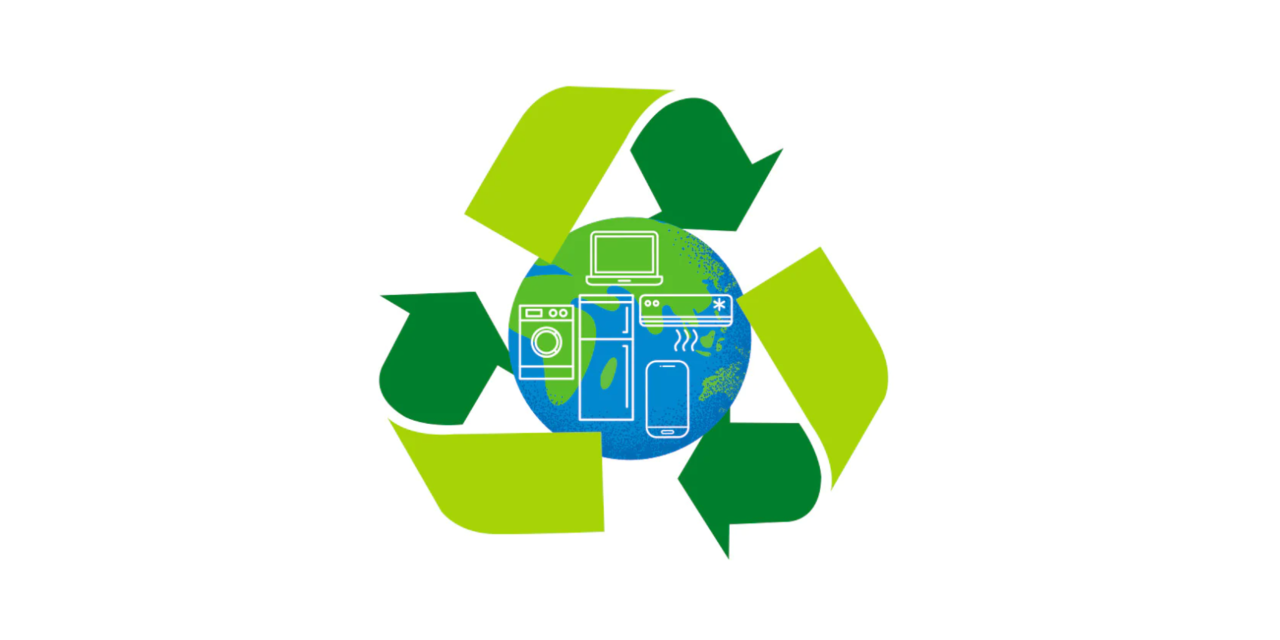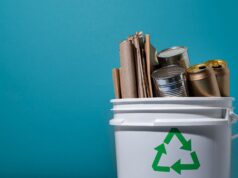The environmental impact of plastic waste is staggering. Every year, millions of tons of plastic end up in landfills and oceans, polluting ecosystems and harming wildlife. But what if our trash bags and food packaging could simply decompose back into nature? That’s the promise of biodegradable refuse bags. Made from plant-based materials like corn starch instead of petroleum, these bags offer a more sustainable solution for managing waste. As communities and governments around the world look for ways to reduce plastic pollution, biodegradable refuse bags present an innovative opportunity to transform the future of waste management.
The Benefits of Biodegradable Refuse Bags
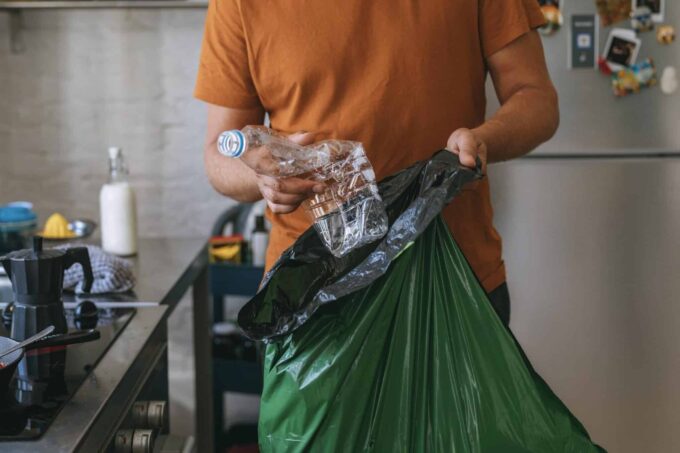
The most immediate benefit of biodegradable refuse bags is reducing the volume of waste sent to landfills. Most standard plastic bags take 20 to 1,000 years to break down, while biodegradable bags take just a few months to a couple years under the right conditions. This significantly cuts down on plastic accumulation and the space required for landfills.
Biodegradable bags also have a much lower carbon footprint. Traditional plastic production generates massive amounts of greenhouse gases, while bioplastics made from plants sequester carbon as they grow. For example, polyethylene bags generate over three times more emissions per kilogram than bioplastic bags made from corn starch. Multiplied by the billions of bags used globally, this difference has a major climate impact.
Once in landfills, biodegradable bags break down to produce methane, which waste management facilities can capture and use a renewable energy source. For communities with composting programs, residents can toss biodegradable bags right in with their food scraps and yard waste to make high-quality compost. The European Union has mandated separate food waste collection for all member states by the end of 2024, so compostable refuse bags will become invaluable across Europe very soon.
Cities like San Francisco and Seattle have already implemented successful municipal composting programs relying on certified compostable bags. This diverts waste from landfills while creating nutrient-rich compost to fertilize gardens and urban farms. Companies like BioBag and Ecopond make popular brands of home compostable refuse bags available in many major retailers today. As more cities adopt composting policies, they open up major revenue opportunities from the sale of biodegradable bags and compost.
The Science Behind Biodegradable Refuse Bags
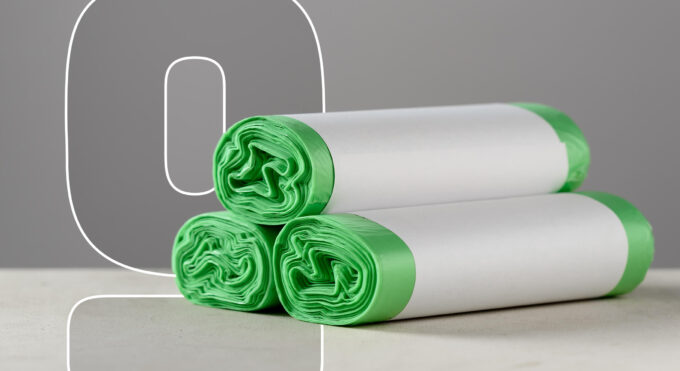
Most biodegradable refuse bags consist of bioplastics made from plant starches like corn, potato, or sugar cane. Some mix in other natural materials like jute or hemp fibers to add strength. Instead of petroleum, the manufacturing process combines plant starches with non-toxic catalysts under heat and pressure to produce polymers similar to conventional plastics. Additives like pro-oxidants help the bioplastic break down in composting conditions.
The materials and production methods result in bags with strength, durability, and water-resistance comparable to standard plastic bags. However, the plant-based structure allows them to biodegrade through exposure to microorganisms, heat, moisture, and oxygen. Under the controlled conditions in industrial composting facilities, biodegradable bags break down within 3 months. In backyard compost piles, biodegradation can take 6 months to 2 years. Even in landfills lacking optimal conditions, they will biodegrade significantly faster than conventional plastics.
There are some misconceptions around biodegradable bags. While they decompose well in compost and landfill environments, most will not breakdown quickly in natural environments like rivers and oceans due to colder temperatures and lack of microbes. Biodegradable does not mean the bags can just be littered – they still need proper disposal. Bioplastics can also currently only be recycled back into plastic a limited number of times, though innovations will likely improve this.
Challenges and Opportunities for Biodegradable Refuse Bags
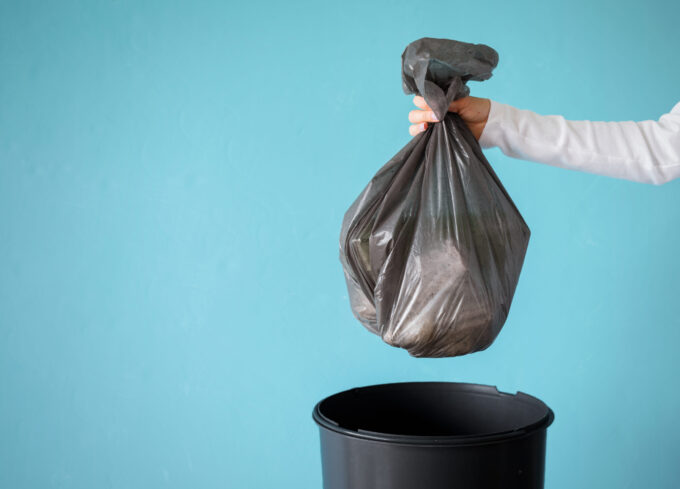
Cost is the main challenge limiting adoption of biodegradable refuse bags today. The raw materials and manufacturing processes for bioplastics remain more expensive than standard plastics made from petroleum. This results in biodegradable bags selling for around 2-5 times the price of conventional plastic bags. However, as demand and production scale up, prices are projected to become more competitive within the next 5 years.
Consumer education is another hurdle. Without proper understanding of how to dispose biodegradable bags, their environmental benefits get diminished. Labels, public information campaigns, and community composting programs will be key to overcoming confusion and contamination. Governments also need to implement policies and incentives to encourage suppliers, retailers, and consumers to make the switch to biodegradable bags.
At the same time, the market for biodegradable plastics is rapidly evolving. New materials like PHA bioplastics made from bacterial fermentation have even better biodegradability across wider conditions. Chemical recycling can convert used bioplastic bags back into virgin materials of equal quality to keep them perpetually in use. As technology improves and costs decrease, biodegradable refuse bags will become ever more viable and accessible.
The Future of Waste Management with Biodegradable Refuse Bags
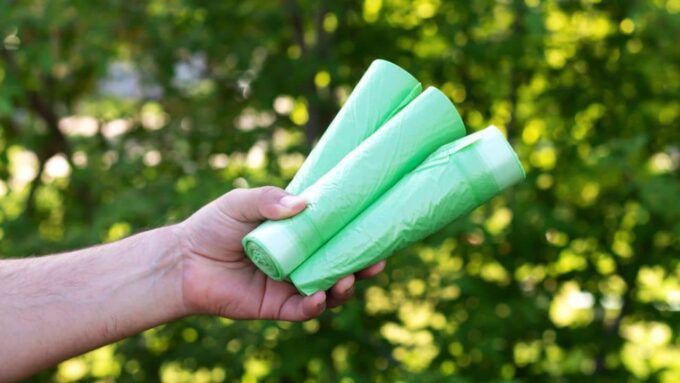
Widespread adoption of biodegradable refuse bags has the potential to revolutionize waste management. By diverting organic waste into composting and reducing plastic accumulation, communities can save tremendously on landfill costs and environmental damages. Biodegradable bags also enable convenient, clean collection of food scraps from homes and businesses to support composting programs. When paired with public education and adequate composting infrastructure, they are a simple solution that can be implemented on a large scale.
In the years ahead, innovations in bioplastics and recycling will open up new possibilities for sustainability. Produce, electronics, and consumer goods packaging could all shift to plant-based biodegradable and compostable materials. Single-use plastics like straws, utensils, and food containers could be replaced by biodegradable alternatives made from sustainable materials.
Perhaps the most exciting possibility is using biodegradable plastics for applications like agricultural mulch films. These plastic coverings boost crop yields, but are extremely hard to remove and end up littering farmland. Biodegradable mulch films can decompose right in the soil after harvest. As sustainability becomes increasingly critical for agriculture, biodegradable plastics can help reduce the footprint of our food production.
Profiting from Biodegradable Refuse Bags
The global shift towards environmental sustainability is not just a mandate for ecological conservation, but it also presents a robust economic opportunity, especially in the realm of biodegradable refuse bags.
As communities worldwide intensify their efforts to reduce their carbon footprint and minimize plastic pollution, the demand for eco-friendly alternatives is skyrocketing. Companies that position themselves as leaders in the production and distribution of biodegradable refuse bags stand to garner substantial market share and profitability.
Biodegradable refuse bags can also carve a niche in branding and marketing as eco-friendly products, appealing to the growing segment of environmentally conscious consumers. This not only enhances marketability but can also command premium pricing, contributing to higher profit margins. Beyond the consumer market, these biodegradable products offer substantial B2B opportunities. As regulations around waste management and disposal tighten, businesses across sectors will seek sustainable options to comply, presenting a burgeoning market for biodegradable refuse bags.
Moreover, innovations in bioplastic technology can lead to the development of patented materials and manufacturing processes, allowing companies to capitalize on intellectual property rights, further driving revenue and profits. In addition to direct profitability, participating in the growing market for biodegradable refuse bags offers companies enhanced corporate image and positioning as responsible and sustainable entities, a valuable asset in today’s global market landscape.
As the world progressively veers towards sustainability, investing in biodegradable refuse bags not only contributes to environmental wellness but also promises substantial economic returns, marking it a win-win venture for entrepreneurs, corporations, and the planet.
Conclusion
Plastic waste is a massive environmental problem facing communities worldwide, but biodegradable refuse bags offer a practical solution. Their plant-based construction biodegrades quickly to minimize long-term waste accumulation and plastic pollution. As an integral part of composting programs, they allow convenient disposal of organic waste while creating renewable energy and fertilizer through the compost produced. With innovations lowering costs and improving functionality, biodegradable bags have the potential to revolutionize how we manage trash.
By switching to sustainable waste management models centered around biodegradable refuse bags and composting, we can divert billions of tons of plastic from landfills and take a major step towards a zero-waste circular economy. The future of environmental stewardship depends on each of us embracing responsible consumption and disposal of plastics.


